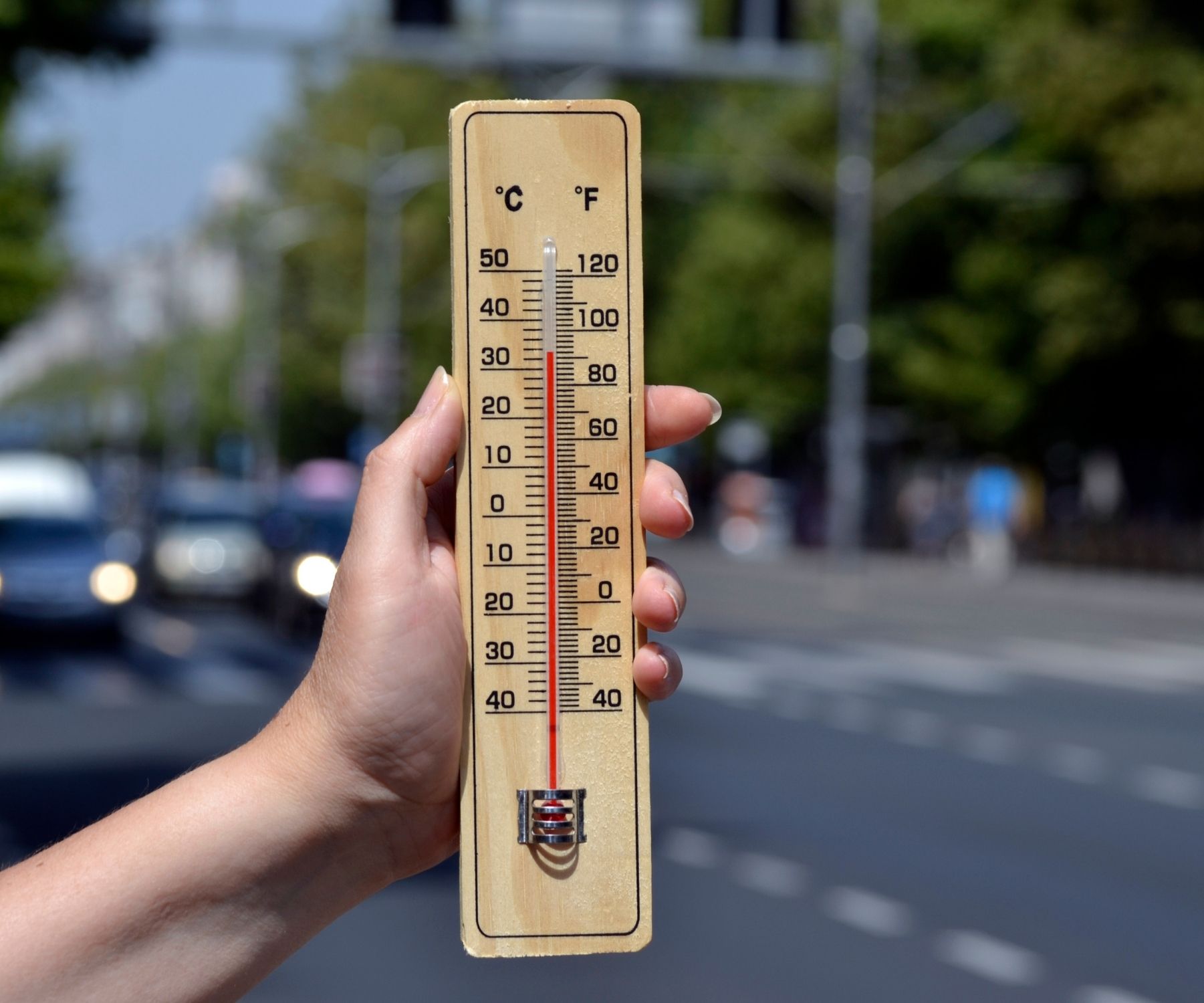Right now, we are at the beginning of the month of March. We are just starting to feel warmer days and relief from the winter. Some days are cooler and some almost summer like. But windy to be sure.
This is about the time of the year people began to pull out the fans.
In our house, We have fans in every room, except the kitchen and the bathrooms.
We have a ceiling fan in every bedroom and in the living room, that stays on constantly. And in the master bedroom there is two tower fans on each side of the bed that run almost all year long.
You would think with all the fans running that we must be using a ton of energy and our electric bill is outrageous.
But comparably, when you look at the wattage of an average fan which is usually around a 100 w and compare it to say a space heater that uses up to 1500 w on high, the difference is quite striking.
 How many watts does a fan use?
How many watts does a fan use?
40 w up to 120 w is the average.
How much does it cost to run a 120 w fan 24 hours a day?
23 cents a day or 7 dollars a month.
$3.50 if you only run it at night for the entire month.
But that is a estimate based on the average price per kilowatt hour in the United States per state. Which is 12.8 cents per kilowatt hour.
Those numbers can vary greatly if you live in say Hawaii. Where the price per kilowatt hour is 29.14 cents. Which means the cost to run a 120 watt fan for 24 hours in the aloha state is more like 83 cents a day and $26 a month.
You can figure out how much energy any of your appliances use by using a simple formula.
Watts x Hours(used) ÷1000 x cents per kilowatt hour
How many watts does a ceiling fan use?
The average wattage of a standard 52″ ceiling fan is anywhere from 50 to 120 w.
For instance the Hampton Bay classic 52-in ceiling fan with remote and lights uses only 53 Watts on high, 23 Watts on medium, in 10 watts on low.
Where as the similarly sized Casablanca luxurious Correne 56″ uses 100 w on high.
Hint: Does running a ceiling fan help your AC?
Using a ceiling fan in conjunction with your AC can actually help lower your overall cooling cost because it will help circulate the cool air coming from your AC much easier.
It will also spread out the cool air coming from your air conditioner much faster which in turn will take a load off of your AC unit.
 How many watts does a 20″ box fan use?
How many watts does a 20″ box fan use?
A 20-in box fan uses anywhere from 50 to 90 Watts.
The typical Lasko box fan that you see piled on pallets in the middle of Walmart is rated at 54 Watts.
The same exact style by Comfort Zone uses 75 w.
Hint: Box fans are the most economical for the amount of air that they blow for the money.
But they’re not the easiest to find a good place for.
helpful hint: If someone in your house is a guitar player, guitar stands make a excellent DIY solution to adjusting the placement of a box fan.
How many watts does a tower fan use?
The average wattage of a 42-in tower fan is 54 to 82 Watts.
A side-by-side comparison of the Lasko 42-in tower fan with the Vornado 42-in tower fan shows that the Lasko uses 54 w on high whereas the Vornado uses 82 Watts on high.
How many watts does a Stand (pedestal) fan use?
Standing Pedestal fans are usually a little less powerful than a box fan and for the same reason use less energy than other kinds of fans.
The 16 inch pedestal fan by Lasko only uses 42 Watts.
How many watts does a 20″ floor fan use?
Floor fans typically move a lot more air than a pedestal fan and the amount of wattage that they use reflects that.
The average 20 inch floor fan uses 120 w
The Lasko 20 inch floor fan uses 127 Watts where is the Toshiba comes in at 120 watts on high.
What is the wattage of a table fan?
Table fan wattage ranges from 30 to 50 w
The most energy efficient table fan we found was the Hunter retro 12″ that uses 35 Watts.
The runner-up was the comfort zone at 40 Watts.
And in last place surprisingly, was the Lasko at 48 w
How many watts does a 24″commercial fan use?
240 w is the average.
Once you get into the commercial fan and professional air mover area, the amount of energy it takes to run these becomes quite a bit higher.
Air movers are designed to push a great deal of air into an area in a short amount of time.
Out of every type of fan, air movers use the most energy by far.
How many watts does an air mover use?
About 400 w is the average.
The Rigid air mover uses exactly that.
How do you position a fan to get the best out of it?
How you position the fan and where you put it can make all the difference in how effective a fan is regardless of the wattage that it is using.
In the springtime, putting a box fan in the window and blowing the cool air from the outside into the inside is a great way to cool the house off. The humming of the fan also has the unintended effect of discouraging insects from coming through the window.
Placing a fan where it can easily pull in air is the trick to getting the air moving. Many times people will want to place a fan closer to the wall or the drapes to get it out of the middle of the room, but that has the effect of limiting the amount of air that can move through the fan. Thus the fan should always be in an open area where air can easily enter it.
Keeping the fan clean is also a easy way to get a lot better effectiveness out of it.
Though you will not find this problem with the ceiling fan, every other type of fan has a tendency to gather dust and Lent on the back grill. If the dirt and dust are allowed to get thick enough, they will keep air from flowing through the fan.
By cleaning the grime and dust off the back of a fan, you will be amazed at how well that old fan works.
Most of time you view a fan as a way to cool off the air inside of a room or inside of a computer, etc.
But a fan is simply a way to move air from one place to another and can be used to move the warm air from the ceiling down by simply switching the direction of the ceiling fan from counterclockwise to clockwise.
This works because as you know, heat rises.
By reversing the direction of the blades you can pull the heat from the ceiling into the room.


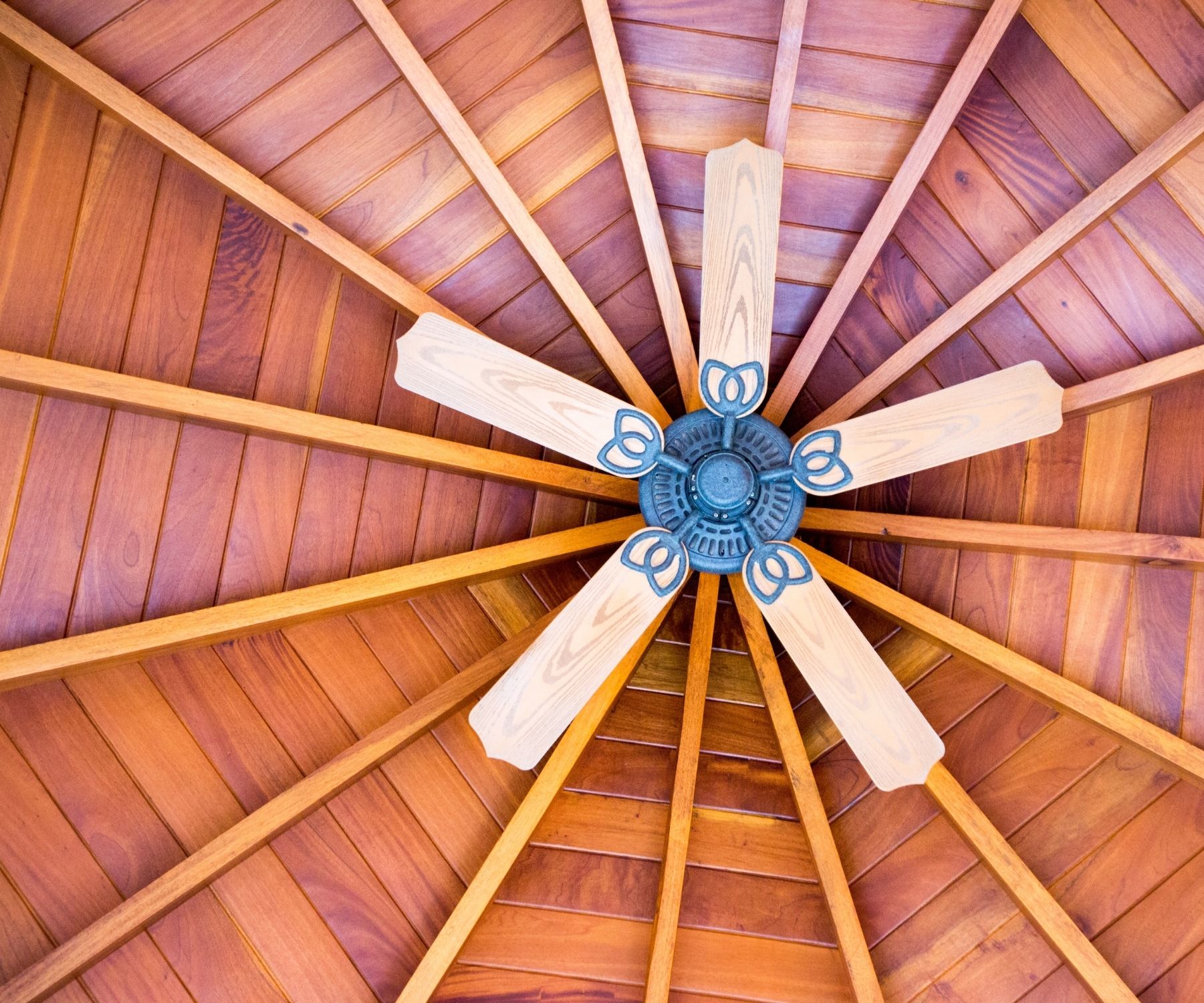 How many watts does a 20″ box fan use?
How many watts does a 20″ box fan use?
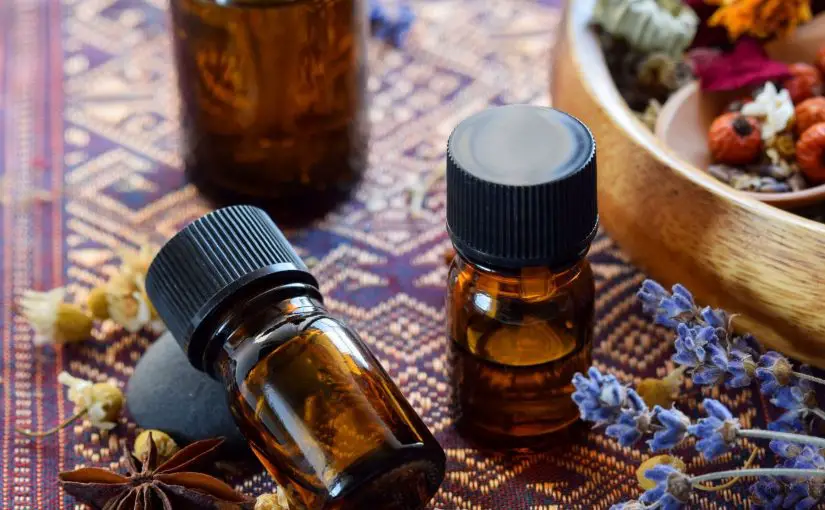
 5 Essential Oil Recipes for Breathing Difficulties
5 Essential Oil Recipes for Breathing Difficulties Scented Pathways: Journeying Beyond Lavender and Peppermint
Scented Pathways: Journeying Beyond Lavender and Peppermint
 Why Does Wood Need Humidity?
Why Does Wood Need Humidity?
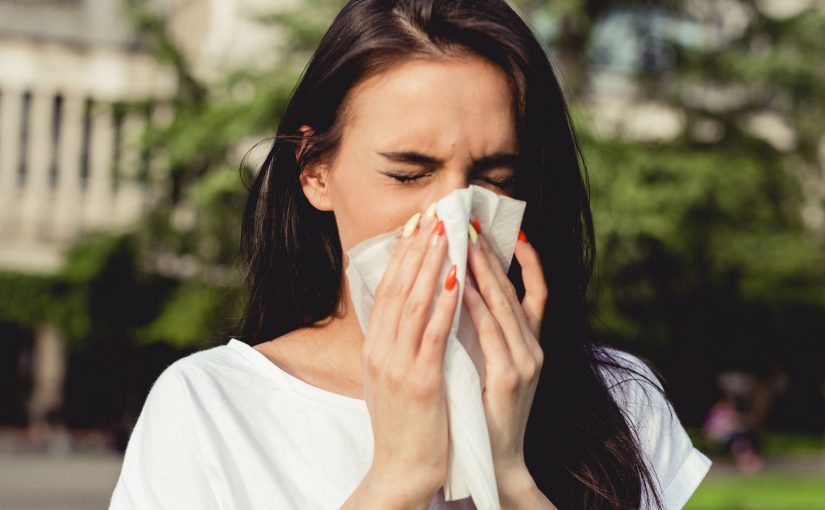
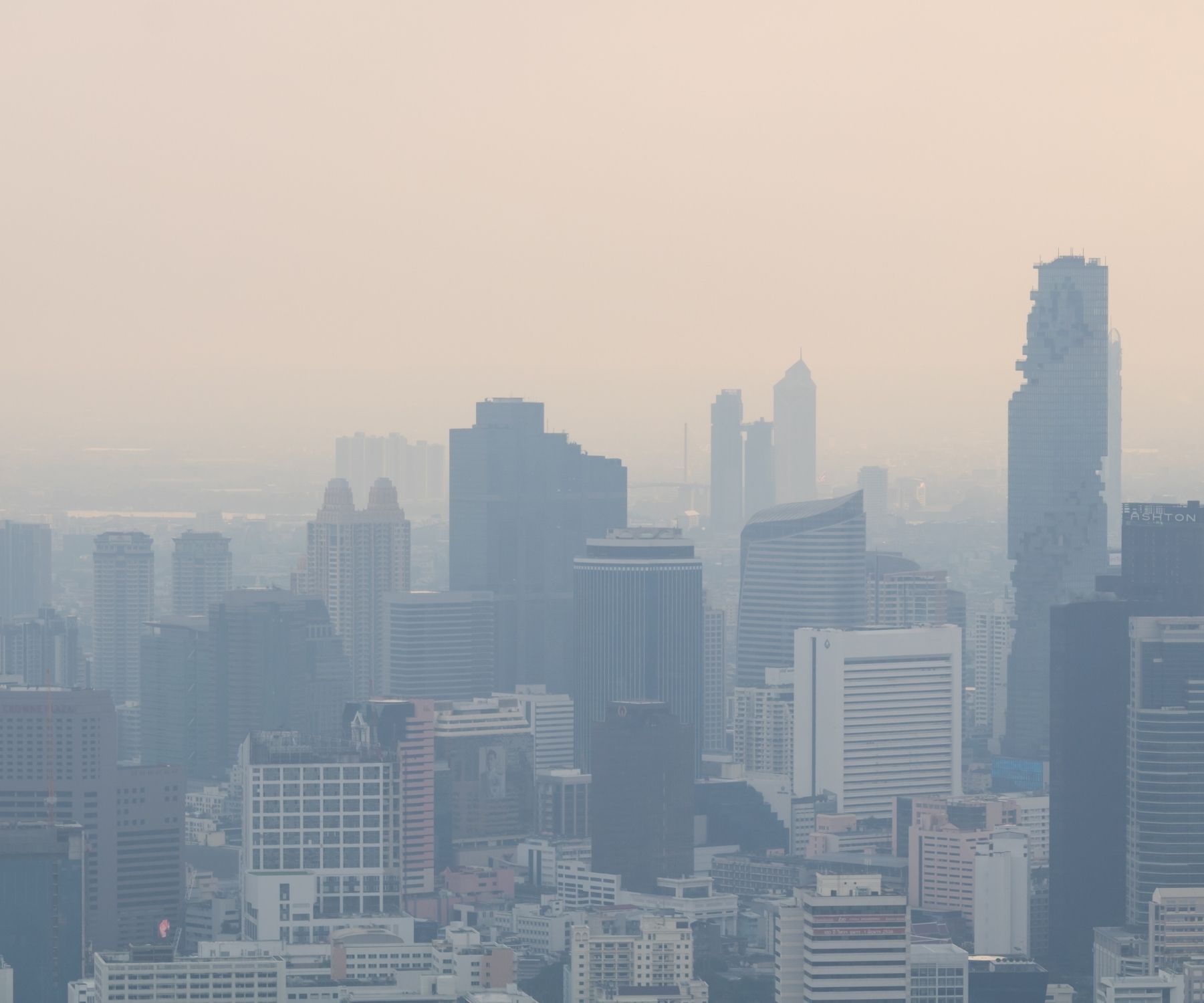


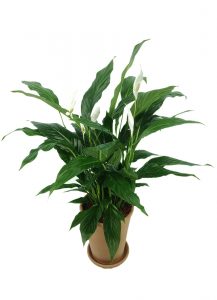
 Smart air purifiers.
Smart air purifiers.
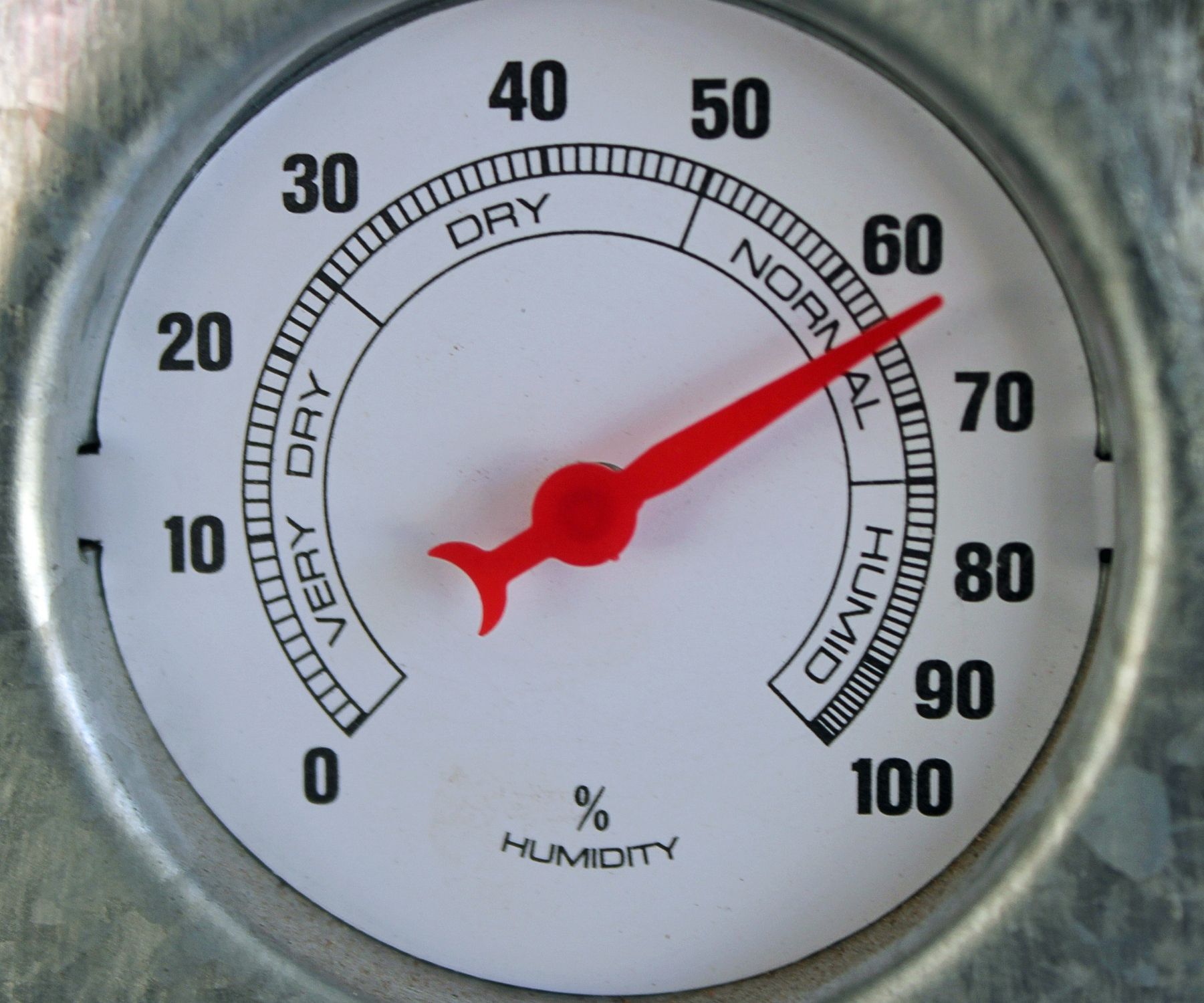


 How Air Purifiers Can Cause Unexpected Health Issues:
How Air Purifiers Can Cause Unexpected Health Issues:
 Chemical Off-Gassing
Chemical Off-Gassing
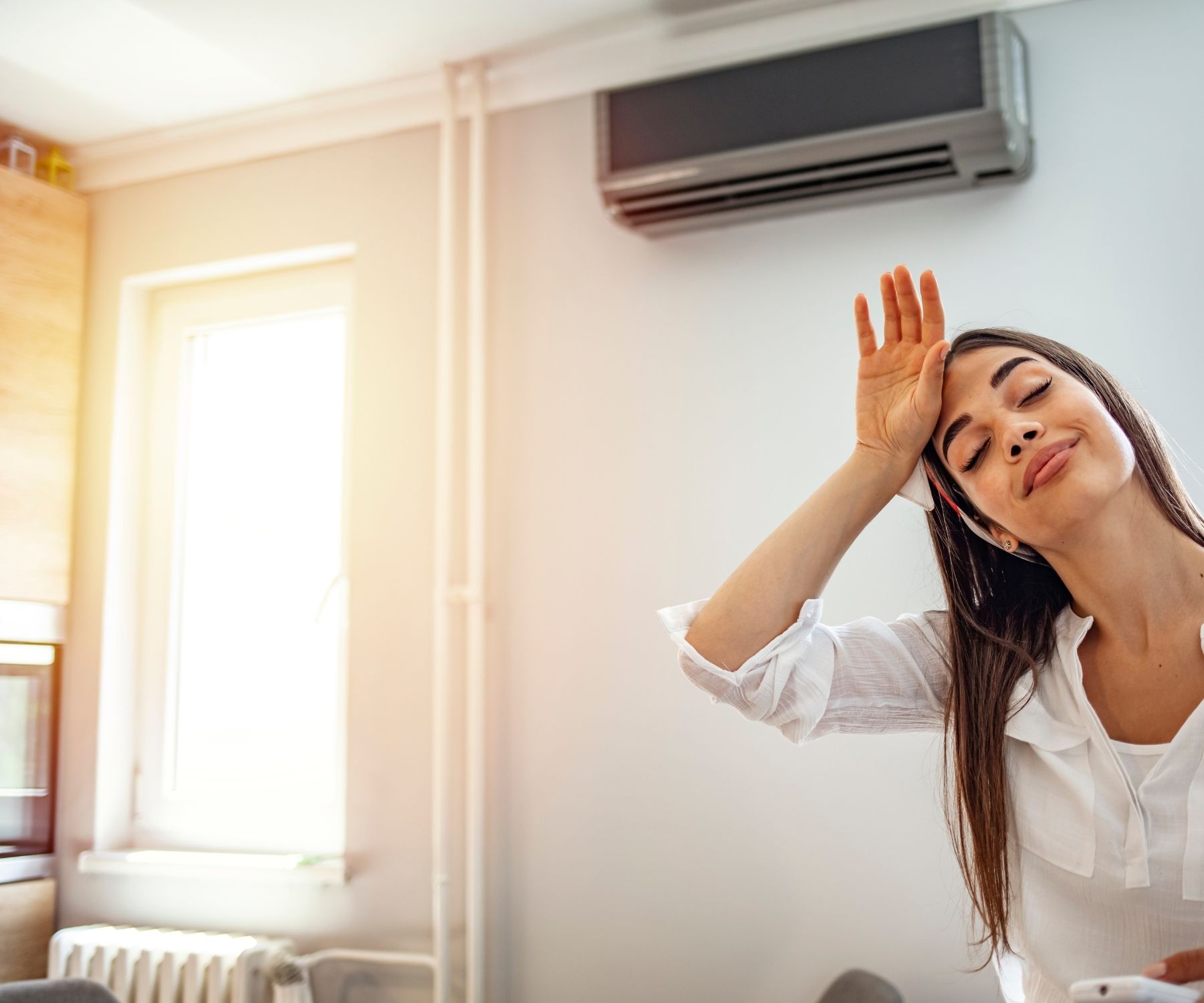
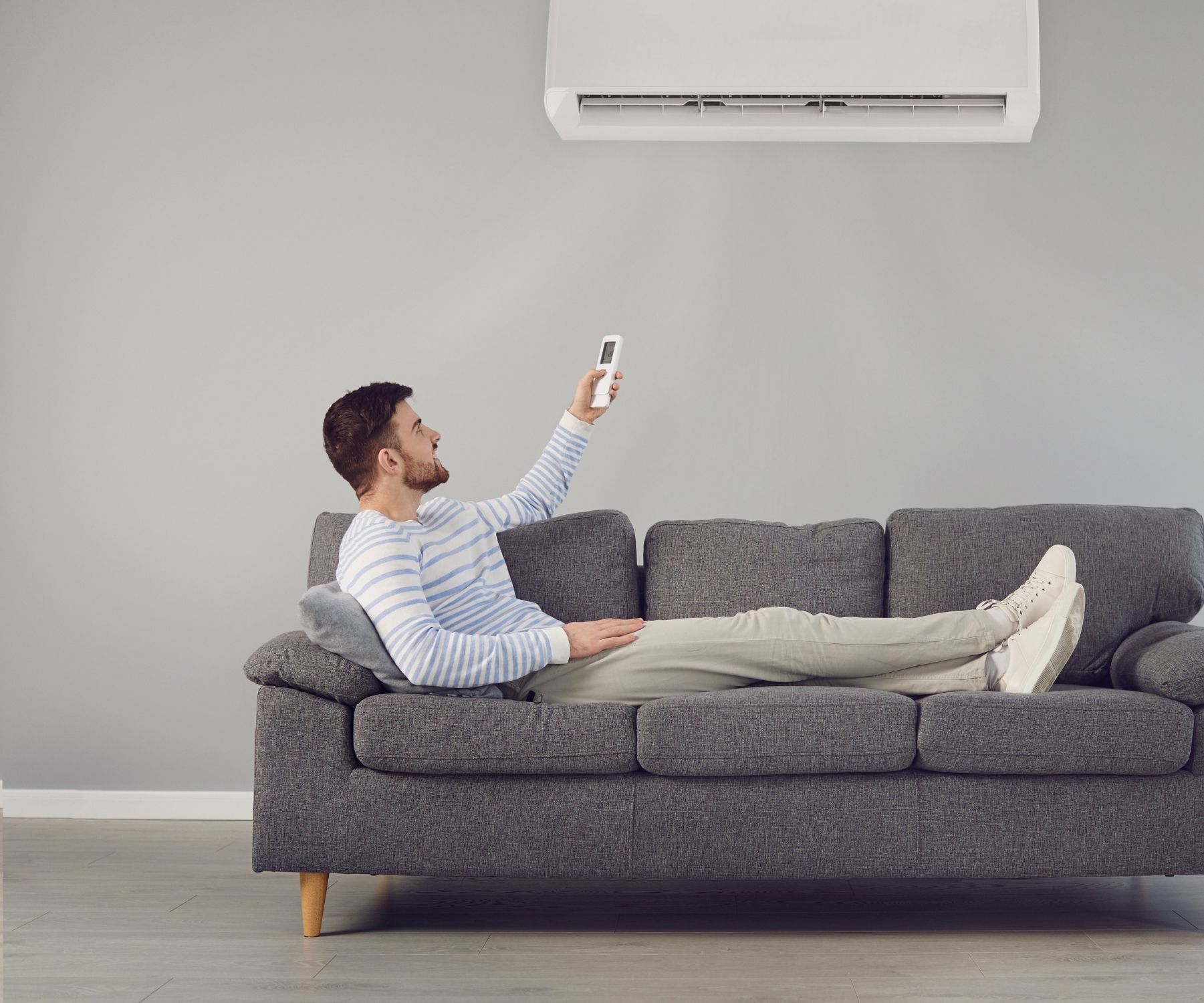 The Case for Turning Down Instead of Turning Off
The Case for Turning Down Instead of Turning Off Supplementary Cooling Strategies:
Supplementary Cooling Strategies:
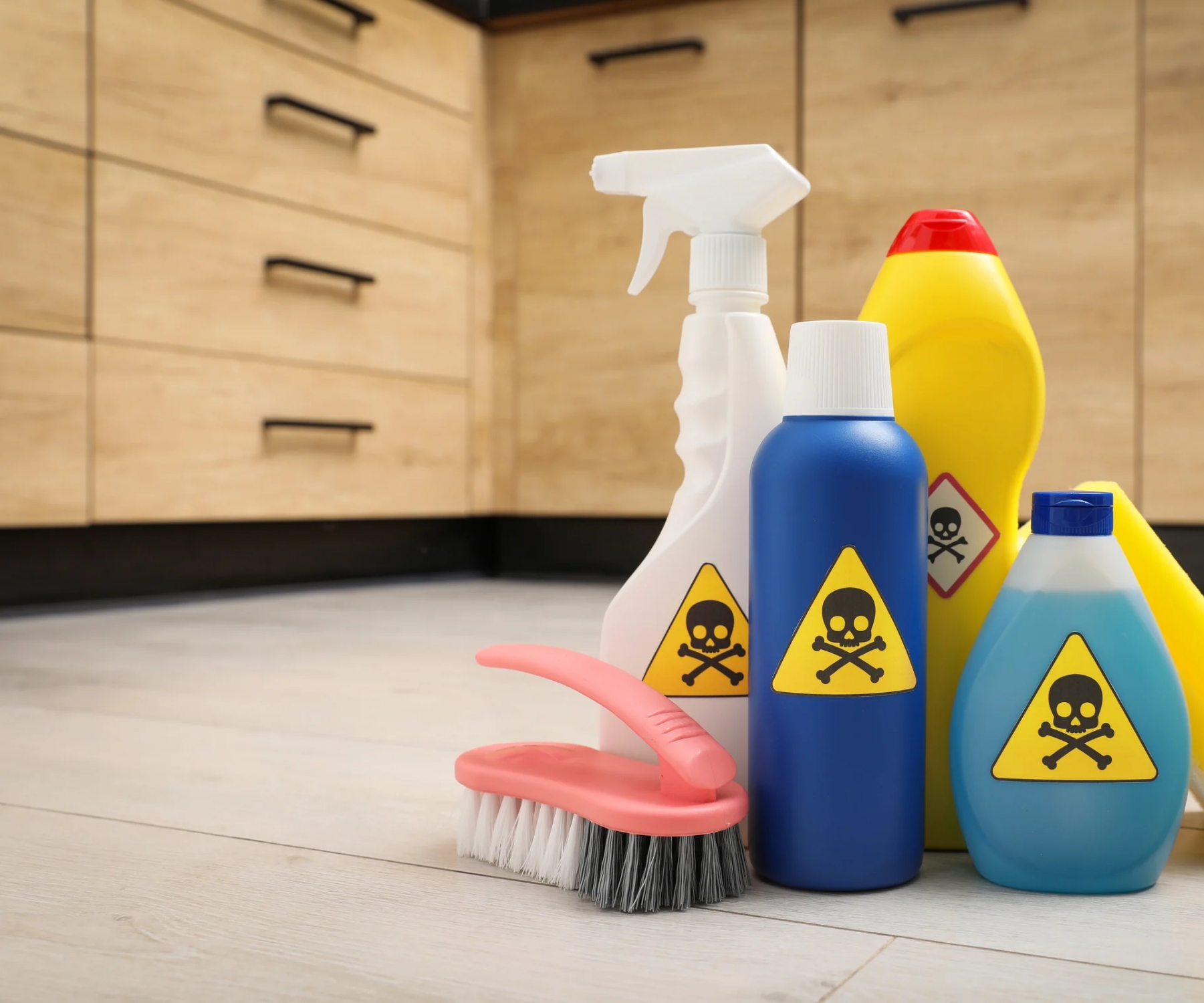 Sources of VOCs in the Home
Sources of VOCs in the Home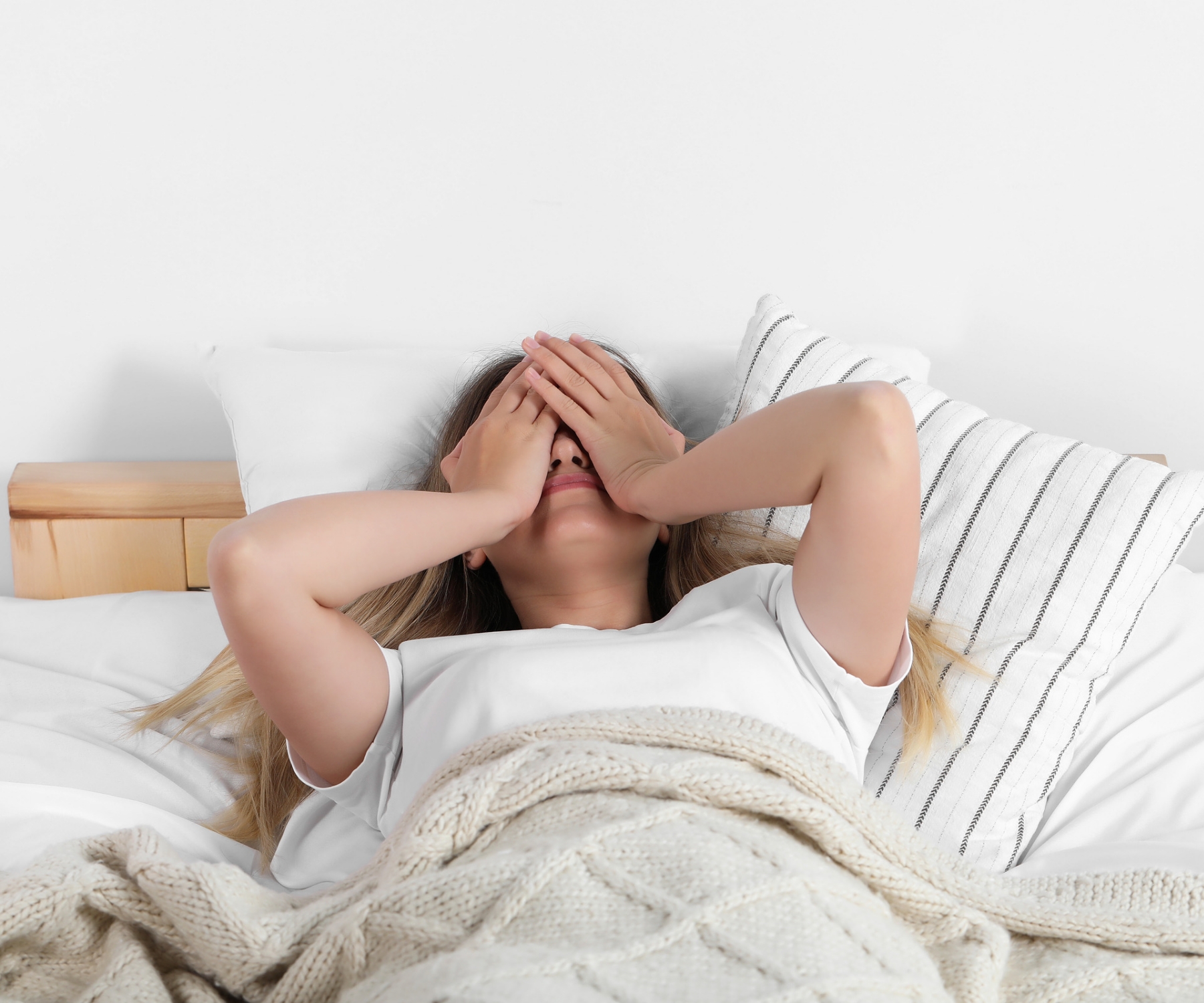 What Level of VOC is Dangerous?
What Level of VOC is Dangerous?



